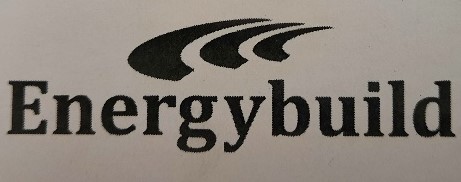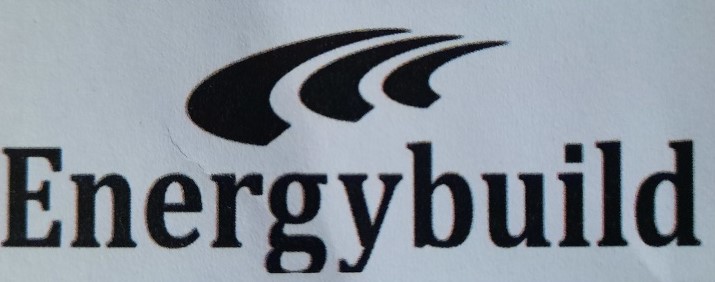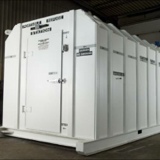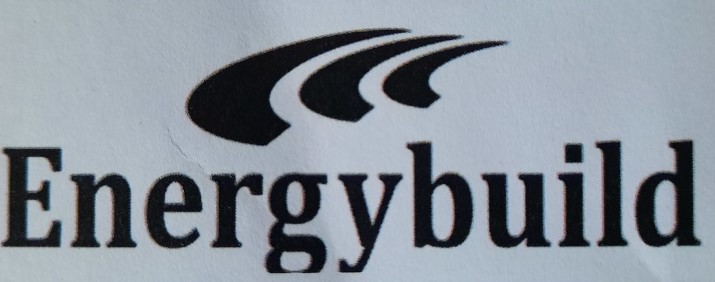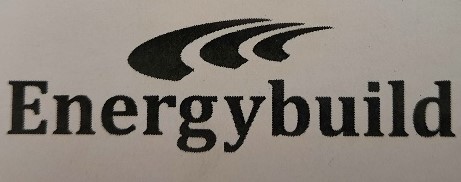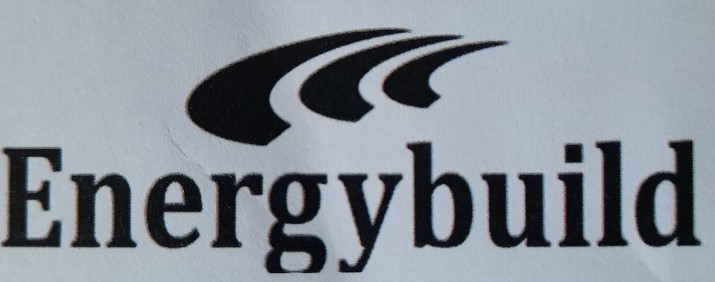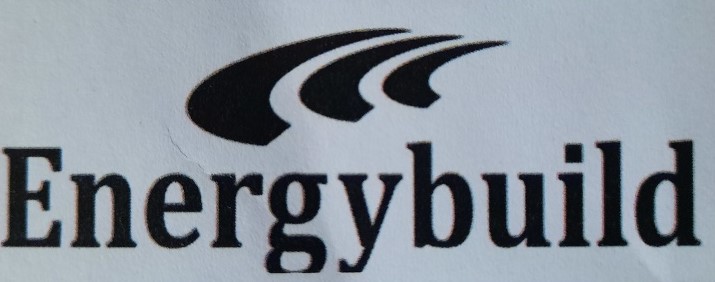Title Page
-
Document No.
-
Project Location
-
Date of Inspection
-
Inspector's Name
-
Project Number
A. Posters and Records
-
1. OSHA poster posted?
-
2. Workers compensation notice posted?
-
3. Emergency Action Plan Posted?
-
4. Weddle Bros. safety rules posted?
-
5. SOP's being conducted?
-
6. IS DHA being completed and documented daily and submitted weekly?
-
7. OSHA Standards available?
-
8. Weddle Bros. Safety Manual available?
-
9. Hazard Communication Program and SDS's available
-
10. Hazard Chemical Inventory List prepared?
-
11. Worksite Respiratory Hazard Analysis form posted?
-
12. Has Corrected Inspections been turned-in?
B. HOUSEKEEPING AND SANITATION
-
1. General housekeeping of jobsite acceptable?
-
2. Passageways and walkways clear?
-
3. Nails removed from lumber?<br>
-
4. Materials property stockpiled?<br>
-
5. Waste and trash removed regularly?
-
6. Toilet facilities adequate and clean?
-
7. Sanitary supply of drinking water w/cups?<br>
-
8. Building exits signs in place?
C. Fire Protection/Prevention
-
1. Adequate number, size, type of fire extinguishers on-site?
-
2. "No Smoking" or "Flammable" sign posted at storage and fueling locations?
-
3. Location of fire fighting equipment prominently marked?
-
4. Are flammable liquids stored in approved and properly labeled containers?
-
5. Large fuel tanks properly diked and separated?
-
6. Large fuel tanks stored closer than 20 feet from a building?
-
7. LP gas stored outside of buildings?
-
8. Full fire extinguisher not less than 25 ft or more than 75 ft from refueling tank?
-
9. Maximum of 25 gallons of flammable/combustible material stored inside w/o cabinets?
D. FIRST AID
-
1. First aid kits properly stocked?
-
2. Trained First aid person onsite?
E. ELECTRICAL
-
1. Distribution boxes covered and marked?
-
2. GFCI's being used?
-
3. Temporary lighting protected?
-
4. Extension cords inspected and used properly?
-
5. Overhead power lines marked?
-
6. Lockout/tagout used as required?
F. TOOLS
-
1. Damaged or broken tools tagged out of service?
-
2. Operative guards on all power tools?
-
3. Air hose connectors secured?
-
4. Tools properly used?
-
5. Personal protective equipment worn and maintained?
G. MSHA
-
1. Mobile equipment including portable welding units, equipped with at least one portable fire extinguisher?
-
2. Combustible materials, grease, lubricants, paint or flammable liquids not to accumulate where they can create a fire hazard?
-
3. Berms or guards provided on the outer bank of elevated roadways?
-
4. Daily inspections completed?
-
5. Berms at least mid-axle height of largest equipment?
-
6. Daily inspection records available for inspection?
-
7. Two fire extinguishers at refueling tank?
-
8. All lights functioning?
-
9. Fire extinguishers inspected every 6 months & recorded on extinguisher?
H. LADDERS
-
1. Ladders extend 36" above landing?
-
2. Ladders secured?
-
3. Ladders used for intended purpose?
-
4. Ladders inspected before use and free of defects?
-
5. Job made ladders properly constructed?
I. TRAFFIC CONTROL
-
1. Advanced signage at approaches to work area?
-
2. Correct messages on signs?
-
3. Traffic control set-up on highways meet INDOT regulations?
-
4. Flag persons properly dressed and equipped?
-
5. Flag person performing properly?
J. WELDING AND CUTTING
-
1. Using correct eye protection?
-
2. Gauges, valves, torches and lines in good condition and free of oil and grease?
-
3. Gauges protected with hard hats?
-
4. Cylinders not in use have caps in place?
-
5. Cylinders in use or storage secured upright?
-
6. Anti-flashback arrestor valves at torch?
-
7. Torches ignited with friction strikers?
-
8. Stored oxygen cylinders separated from flammables by 20 ft?
-
9. Fire extinguishers near welding or cutting operation?
-
10. Adequate ventilation provided?
-
11. All parts of arc welding outfits properly insulated and grounded?
K. HEAVY EQUIPMENT
-
1. Dust control?
-
2. Haul road adequate and maintained?
-
3. Equipment speeds maintained for safety?
-
4. Horns and Backup alarms functioning?
-
5. Engines shutdown when refueling or lubricating?
-
6. Seat belts worn on machines with ROPS?
-
7. Steps and hand holds adequate and safe condition?
-
8. Parked or unattended equipment have blade/bucket lowered to ground?
-
9. No hitching riding on equipment?
-
10. Overhead guard on fork lift truck?
-
11. Forklift operator certified?
-
12. Daily equipment inspections completed and documented?
-
13. Fire extinguisher on equipment? (All equipment including rental)
M. TRENCHING & EXCAVATIONS
-
1. Trench side shored, sloped or shielded?
-
2. Utility locate requested and located before digging?
-
3. Ladder in excavation within 25 feet of workers?
-
4. Trained "Competent Person" performing duties as required?
-
5. Excavated materials stockpiled at least 2 feet back from edge of trench?
-
6. Laser warning signs in place?
-
7. Traffic control adequate?
-
8. Structures next to excavation shored or protected?
-
9. Oxygen levels tested in tunnels, shafts or confined spaces?
-
10. Public protected from exposure to open excavation?
O. MISCELLANEOUS
-
1. Life Jackets, ring buoys, and skiff provided when working over or near water?
-
2. Confined spaces identified and marked?
-
3. Checklist used when man basket is suspended from crane?
-
4. Labels on hazardous chemicals?
P. FALL PROTECTION
-
1. Guardrails installed at 42" +/- 3" with mid rail when exposure of 6 ft or more?
-
2. Toeboards installed when required?
-
3. Holes covered, secured, and marked "Danger Hole"?
-
4. Harnesses worn when fall exposure of 6 ft or more?
-
5. Anchorage points adequate?
-
6. Roofers have flagged warning line?
-
7. Roofers provided with fall protection on steep pitched roof greater than 4-to-12?
-
8. Wall openings protected @ 42" and 21"?
-
9. Cables used for guardrails sag less than 3"?
Q. PERSONAL PROTECTIVE EQUIPMENT
-
1. Hard hats being worn (Required 100%)?
-
2. Safety glasses/eye protection being worn (Required 100%)?
-
3. Hearing protection worn when around loud noises?
-
4. Proper footwear worn?
-
5. Respirators worn when required?
-
6. Medical clearance completed for respirator wear?
-
7. High-visibility outer wear (vests, shirts, etc) being worn by all Weddle Bros. employees?
-
8. Kevlar sleeve protectors used for all demolition work?
Acknowledgement and Signature
-
I have reviewed the indicated hazards and will take the necessary actions to immediately correct them.
-
Return Signed & corrected form to the Safety Administrator within 7 days of the Inspection.
-
I have reviewed the indicated hazards and have corrected all hazards except as noted.






